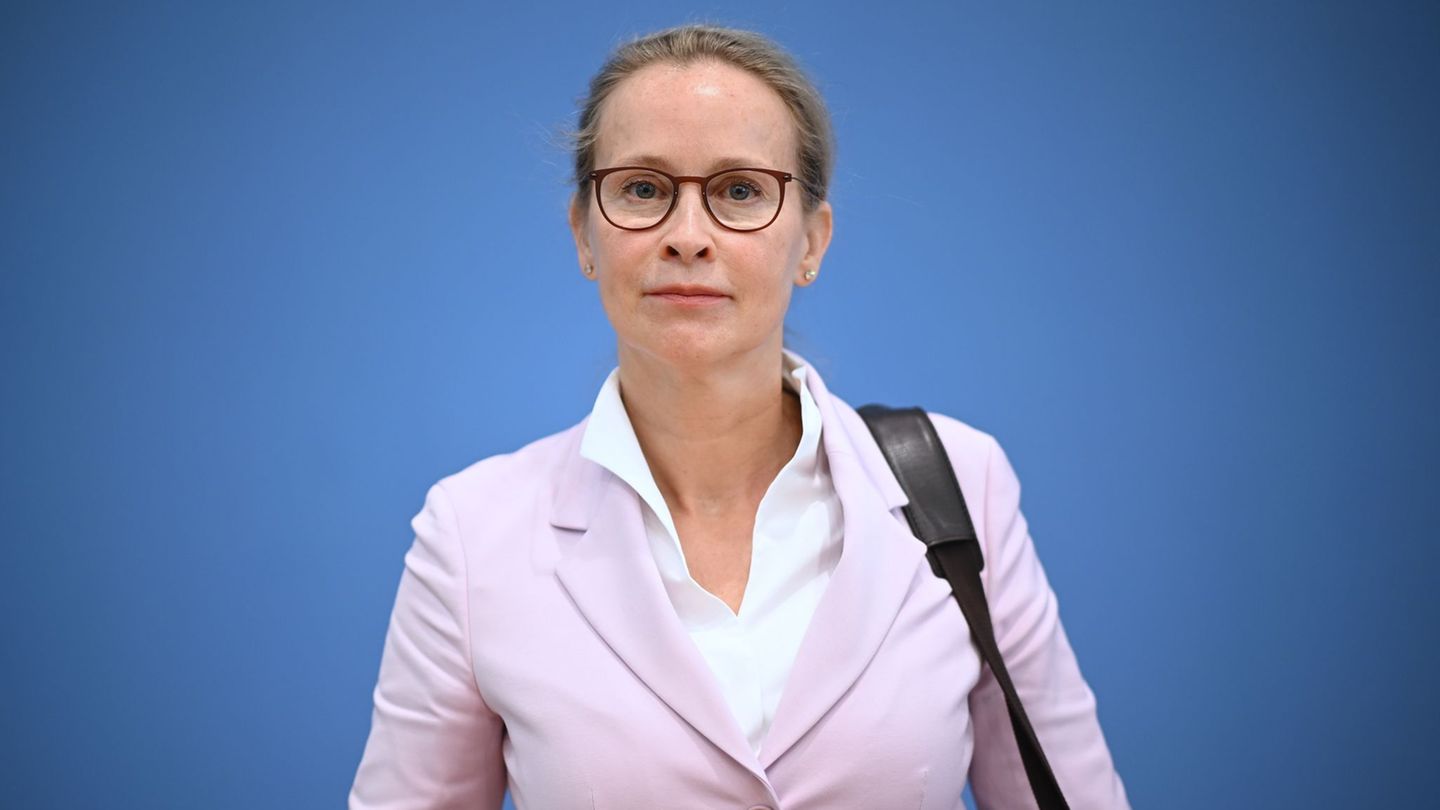January is a month of celebrations at an environmental level. On the one hand, the January 26 marks World Environmental Education Day in order to recognize its priority for the prosperity of humanity. While a few days later, the January 28th marks World Day for the Reduction of CO2 Emissions which aims to raise awareness and sensitize about climate change. Therefore, these dates are useful to reflect on progress in the matter and mention what is still missing.
Those who have gone through it consider that “There is no greater act of rebellion than studying,” Therefore, reading, studying and educating are part of the first actions we can take if we want to transform our surroundings and take into account future generations and their possibilities within a finite world.
Luckily, day after day school gardens, primary schools, secondary schools, tertiary schools, universities and other organizations are offering new educational and training activities about nature, the environment and human impact. Likewise, or even more dear reader, let us keep in mind that education begins at home and environmental education must also occupy a part of it. Although, sometimes and especially in this topic, it is the little ones who teach their parents or our elders.
As I mentioned at the beginning, these days are to reflect on the path traveled and know what is missing with the good intention of accelerating the transition towards a greener world. That is why I want to present some considerations about environmental education in Argentina and what the shortcoming is that is present worldwide.
In 2024, CONEAU stated that it has accredited 1,953 postgraduate courses between master’s degrees and doctorates in different areas of knowledge. Just to keep in mind, CONEAU accreditation is a sign that the courses meet a certain quality requirement established by the Ministry of Education in consultation with the Council of Universities in Argentina.
Now, when analyzing the different careers with respect to environmental factors based on their qualifications, it is observed that there are:
- 15 Master’s degrees and 3 doctorates directly linked to energy
- 8 Master’s degrees and 2 Ph.D. sustainable development
- 1 Master’s degree on Climate Change
- 1 PhD on Circular Economy and Sustainable Production
Therefore, in In Argentina, only 1.5% of the highest level careers (Masters and Doctorates) are oriented towards the most important problems of humanity. Do you consider that this number of educational proposals is sufficient? What is happening in other countries in the region and in other parts of the world? These are questions to reflect on. Hence, I am not going to stop to delve into these considerations, because I want to go to an even deeper aspect about the failure of environmental education.
When reviewing the different programs, the topics that are generally addressed are the use of resources, their reuse, aspects linked to innovation, public policies, more efficient production processes, among others. Clearly these aspects are important, but there is one aspect that is not addressed and it is a serious shortcoming, even more so if we understand its impact on human decisions and its role worldwide.
This shortcoming is an involuntary problem for the majority of environmental experts worldwide, since several of them are unaware that they have this shortcoming. However, the presence of this deficiency in environmental education prevents us from accelerating the changes we need to reverse our environmental damage.
Precisely, The failure is not educating about the functioning of the monetary system since it has a key role in facilitating and accelerating the link between the production system and the consumption system.
To size the role of the monetary system in the face of environmental problems, let us remember that to stop climate change we need to accelerate and redirect financial resources by approximately 25 times the amount allocated globally to confront COVID-19. However, the World Bank published in August last year that almost 60% of banks in emerging markets and developing economies (MEED) offered less than 5% of their total portfolios for financing climate-related investments and that more than 25% of those institutions did not offer any type of climate finance.
Therefore, it is urgent to reduce monetary illiteracy in the environmental community in order to understand the impact of money decoupled from the environment, the impact of the positive interest rate on renewable energy projects and the incompatibility of a debt with unlimited growth in a finite worldamong other aspects.
Finally, I share the following recommendation: start reading the contributions of Silvio Gesell and Frederick Soddy about money, debt, interest rate and nature. For his part, Gesell dazzled Keynes and Soddy was awarded the Nobel Prize in chemistrywhich is why he trusted that both authors will catch him.
Doctor in Economic Sciences (UNLaM). Professor of the Doctorate of Circular Economy and Sustainable Production (UFLO – UCEL – UCP). Academic Subcoordinator of the Diploma in Blockchain, Bitcoin and Cryptocurrencies of the FCE-UBA. Consultant at NGO Bitcoin Argentina.
Source: Ambito
I am Pierce Boyd, a driven and ambitious professional working in the news industry. I have been writing for 24 Hours Worlds for over five years, specializing in sports section coverage. During my tenure at the publication, I have built an impressive portfolio of articles that has earned me a reputation as an experienced journalist and content creator.




